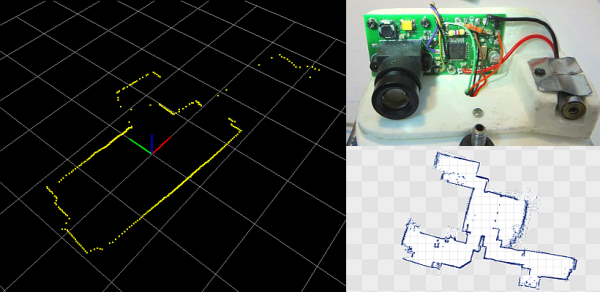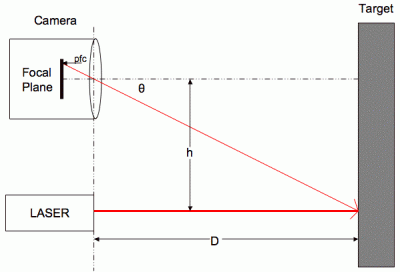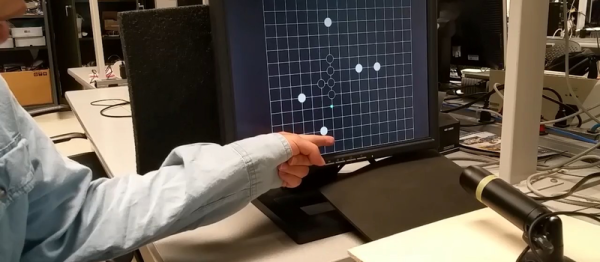Artists see the same world that the rest of us do. They just see it from a little bit off to the left. Where you see picking an ESSID for your router as being a hassle, or an opportunity to insult your neighbors, [Dmitry], alias [::vtol::] sees a poetry-delivery mechanism.
Based on ESP8266 units, each “poet” has a battery and a switch. Turn it on and it changes its SSID once every ten seconds, feeding everyone who’s listening the next line of a poem. You can’t connect to the network, but you can occasionally hit refresh on your WiFi scanner and read along.
Since they’re so cheap to build, [::vtol::] sees them almost as if they were poetry-throwies. You could easily afford to leave a few around the city, guerilla-style, broadcasting your (slow) message one SSID at a time. We love the video clips (inlined below) of him riding the subway with the device on.






















